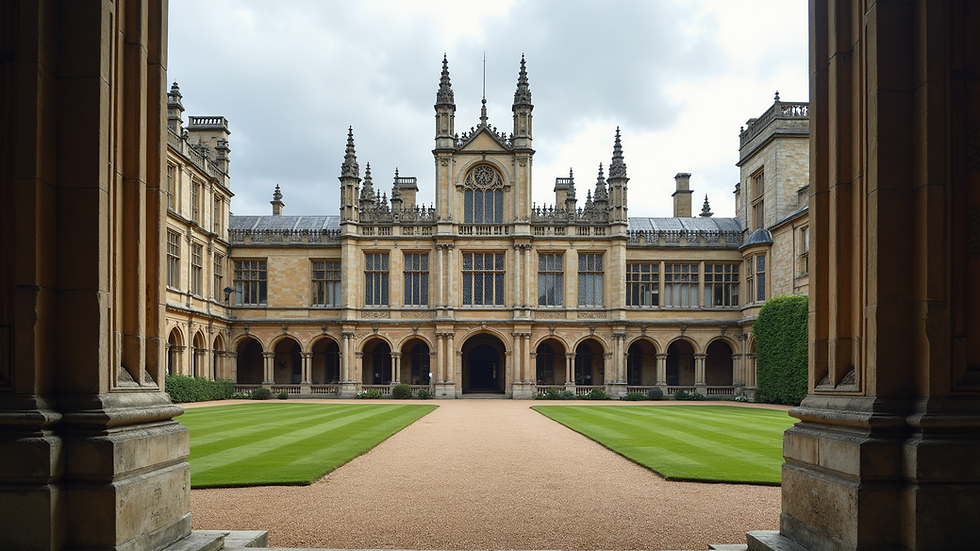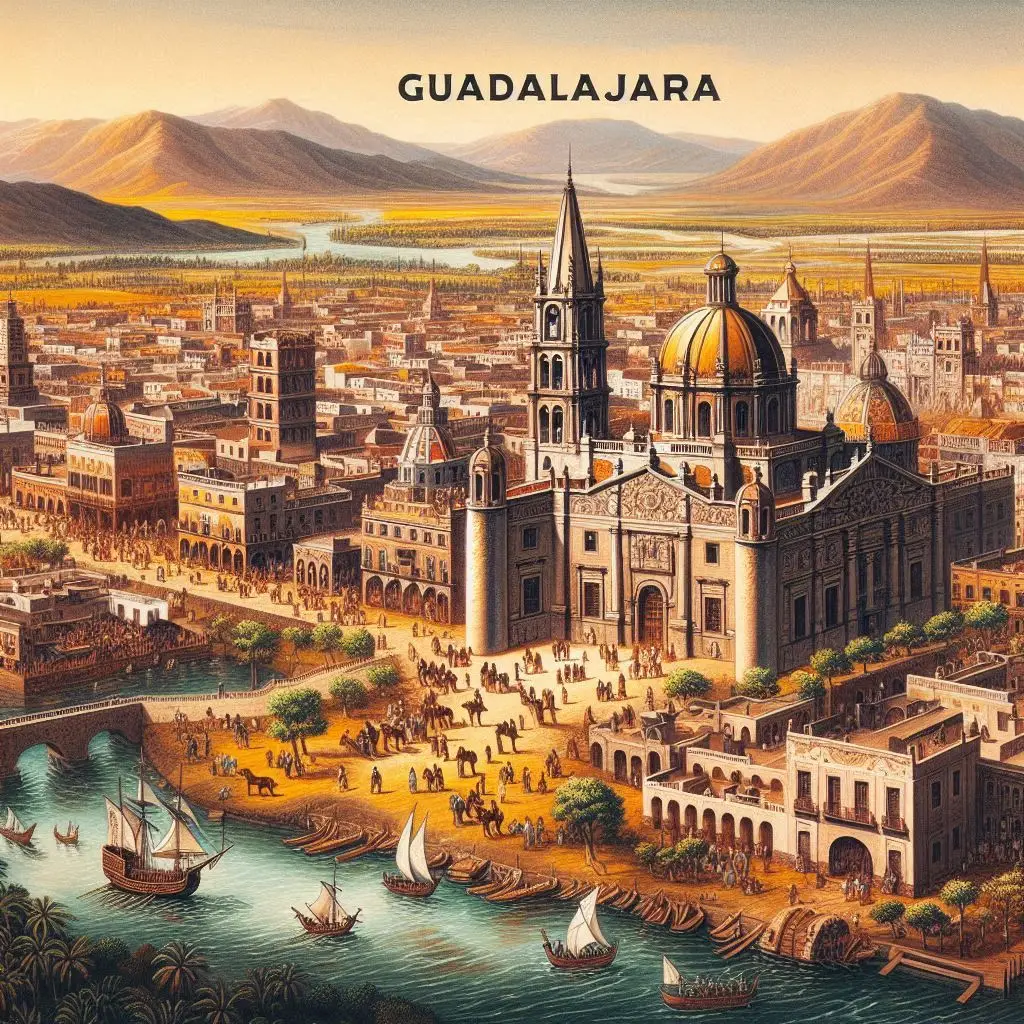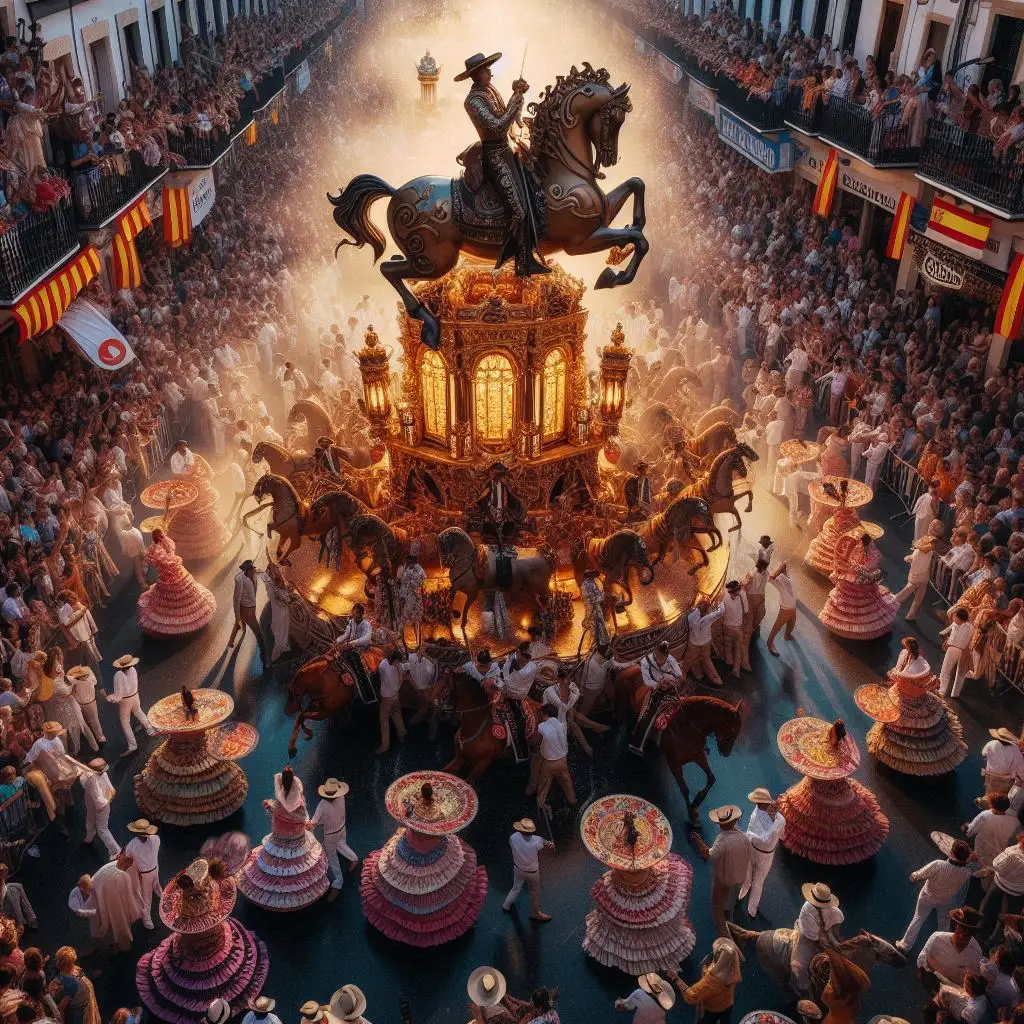Cultural Echoes Across Oceans: Unraveling the Histories of Guadalajara Spain and Guadalajara Mexico
- Franco Arteseros
- Sep 3
- 5 min read
Guadalajara, a name that resonates with history and culture, bridges two cities separated by oceans yet united by a shared legacy. The Spanish Guadalajara, with its Moorish origins, and the Mexican Guadalajara, born from the ambitions of conquistadors, tell a tale of transformation, adaptation, and cultural fusion. This blog post embarks on a journey through time, exploring the historical roots of both cities, their architectural marvels, vibrant festivals, and the unique identities they have forged.

The Moorish Origins of Guadalajara, Spain

Nestled in the heart of Spain, the city of Guadalajara derives its name from the Arabic phrase Wādī al-Ḥijārah, meaning "Valley of Stones." This name reflects the city's Moorish heritage, which began in the 8th century when the Moors invaded the Iberian Peninsula. The architectural remnants of this era can still be seen today, with intricate tile work and arches that whisper tales of a time when Islamic culture flourished in Spain.

As the centuries progressed, Guadalajara blossomed under the patronage of the Mendoza family during the late medieval and Renaissance periods. The Mendozas transformed the city into a cultural hub, commissioning grand structures such as the Palacio del Infantado, a stunning example of Gothic architecture adorned with Mudéjar elements. This fusion of styles illustrates the city's complex identity, where Islamic influences melded with Christian artistry.
The city played a significant role in the Crown of Castile, serving as a strategic military and administrative center. Its historical significance is palpable in the cobblestone streets, where echoes of the past linger in the air, inviting visitors to explore its rich tapestry of history.

The Transatlantic Voyage: From Spain to Mexico
In the 16th century, the name Guadalajara embarked on a transatlantic journey, carried by the conquistador Nuño de Guzmán. In 1542, Cristóbal de Oñate founded Guadalajara, Mexico, in the lush valleys of Jalisco. This new Guadalajara was envisioned as a city of prosperity, echoing the grandeur of its Spanish counterpart.
The Mexican Guadalajara was strategically located near the Santiago River, which provided essential resources for agriculture and trade. The city quickly became a vital center for commerce and culture in New Spain, attracting settlers and merchants from various backgrounds. The legacy of the Spanish Guadalajara was not merely a name; it was a blueprint for urban planning and cultural identity.
Architectural Marvels: A Tale of Two Cities
The architectural landscapes of Guadalajara, Spain, and Guadalajara, Mexico, offer a fascinating study in contrasts and similarities.
In Spain, the Palacio del Infantado stands as a testament to the city's medieval glory, with its imposing façade and intricate stonework. The city is also home to the Church of San Ginés, a beautiful example of Mudéjar architecture, where brick and tile harmonize in a symphony of color and form.

In contrast, Guadalajara, Mexico, showcases a blend of Spanish colonial design and indigenous traditions. The historic center is adorned with baroque churches, such as the Cathedral of Guadalajara, which features a striking neoclassical façade and twin towers that reach for the sky. The vibrant plazas, like Plaza de Armas, are alive with the sounds of mariachi music, where the spirit of celebration permeates the air.
The architectural dialogue between the two cities reveals a shared heritage while highlighting the unique adaptations that arose in the New World. The use of local materials, such as adobe and cantera stone, in Mexican architecture reflects the indigenous influence that shaped the identity of Guadalajara, Mexico.
Festivals: Celebrating Cultural Identity
Festivals in both Guadalajaras serve as vibrant expressions of cultural identity, weaving together threads of history, tradition, and community spirit.
In Spain, the Feria de Guadalajara is a lively celebration that takes place every September, honoring the city's patron saint, San Juan Bautista. The festival features parades, traditional music, and culinary delights, inviting locals and visitors alike to partake in the festivities. The atmosphere is electric, with the sounds of flamenco echoing through the streets, creating a sense of unity and joy.
Conversely, Guadalajara, Mexico, is renowned for its annual International Mariachi Festival, a celebration of the region's rich musical heritage. This festival attracts mariachi bands from around the world, showcasing the genre's evolution and its deep roots in Mexican culture. The streets come alive with the vibrant sounds of violins, trumpets, and guitars, as performers don traditional charro outfits, embodying the spirit of their ancestors.
Both festivals reflect the cities' unique identities while honoring their shared history. They serve as reminders of how cultural practices can evolve and adapt, creating new meanings while retaining echoes of the past.
A Surreal Journey: Dreamlike Transitions
Imagine a traveler drifting between the two Guadalajaras, where the boundaries of time and space dissolve. As they wander through the narrow streets of Guadalajara, Spain, the Moorish arches seem to shimmer in the sunlight, casting intricate shadows on the cobblestones. The scent of orange blossoms mingles with the sound of a vihuela, a traditional string instrument, creating a melody that transcends time.
Suddenly, the scene shifts, and the traveler finds themselves in Guadalajara, Mexico. The vibrant colors of the mercado fill their vision, where stalls overflow with fresh produce and handmade crafts. The air is thick with the aroma of tacos al pastor, and the laughter of children playing in the plaza echoes like a distant memory.
In this dreamlike state, the traveler witnesses the transformation of stone into water, as the fountains of the plazas dance in the sunlight. Honey drips from the rooftops, symbolizing the sweetness of cultural exchange, while slate tiles underfoot remind them of the earth's enduring presence.
This surreal journey illustrates the interconnectedness of the two cities, where history and culture flow like a river, shaping identities across oceans.
The Legacy of Names: Seeds of Memory
As we reflect on the stories of Guadalajara, Spain, and Guadalajara, Mexico, it becomes clear that names, like seeds, can take root in new soil. They carry the weight of history, transforming and adapting to their surroundings while preserving the essence of their origins.

The name Guadalajara evokes images of Moorish arches, bustling plazas, and vibrant festivals, serving as a bridge between two worlds. It reminds us that cultural identities are not static; they evolve, influenced by the people who inhabit them and the stories they tell.

In the end, the tale of these two cities is not merely about geography or architecture; it is a celebration of resilience, creativity, and the enduring power of memory. As we traverse the landscapes of Guadalajara, we are reminded that history is not just a series of events; it is a living tapestry, woven together by the threads of human experience.
Conclusion
The connection between Guadalajara, Spain, and Guadalajara, Mexico, is a rich narrative that transcends time and space. From its Moorish origins to its vibrant cultural expressions, each city tells a story of transformation and adaptation. As we explore their histories, we uncover the layers of identity that define them, revealing a shared legacy that continues to resonate today.
In this journey, we are reminded that names carry the weight of history, serving as seeds that take root in new soil. They remind us of our shared past while inviting us to celebrate the unique identities that emerge from cultural exchange. As we navigate the echoes of these two Guadalajaras, we are left with a profound appreciation for the beauty of diversity and the power of memory.


FRANCO ARTESEROS...



















































Comments